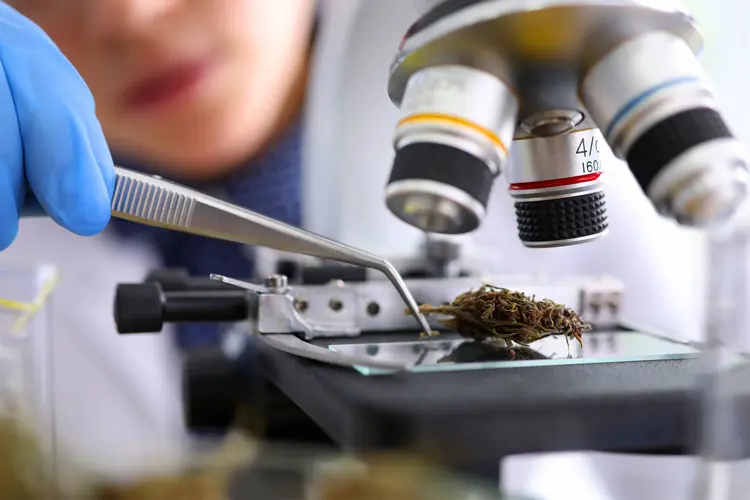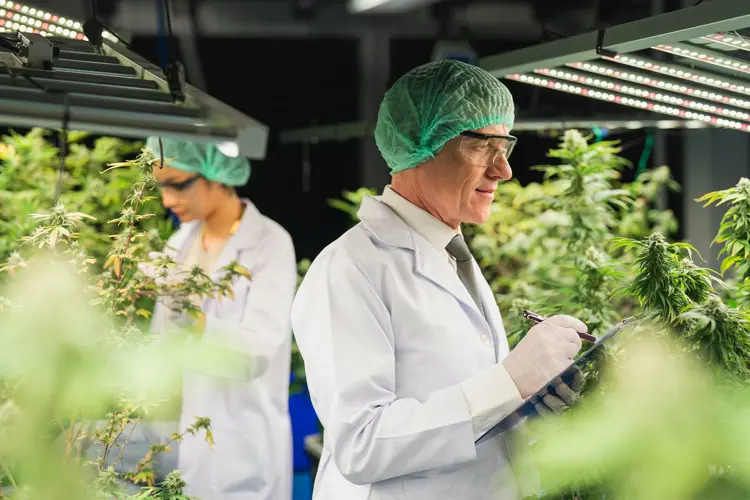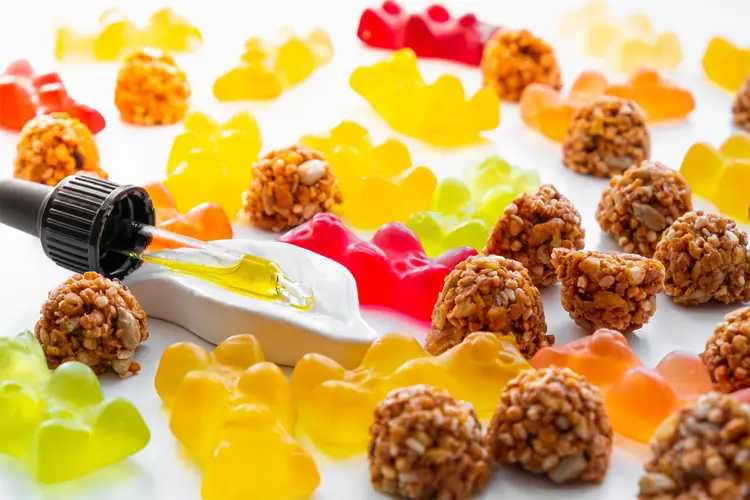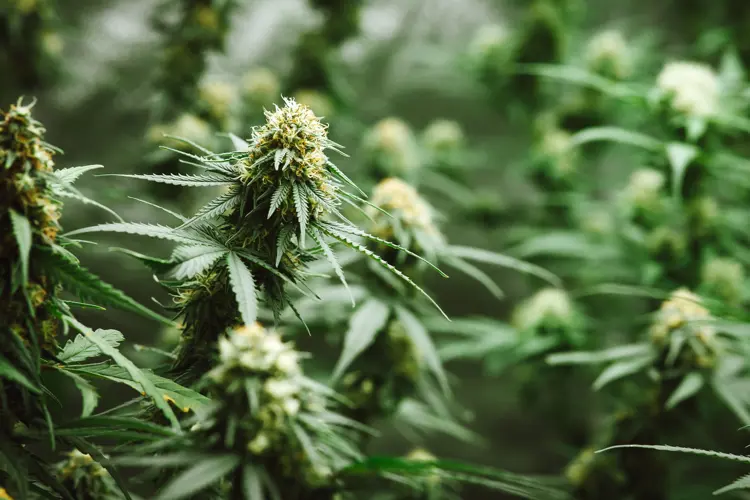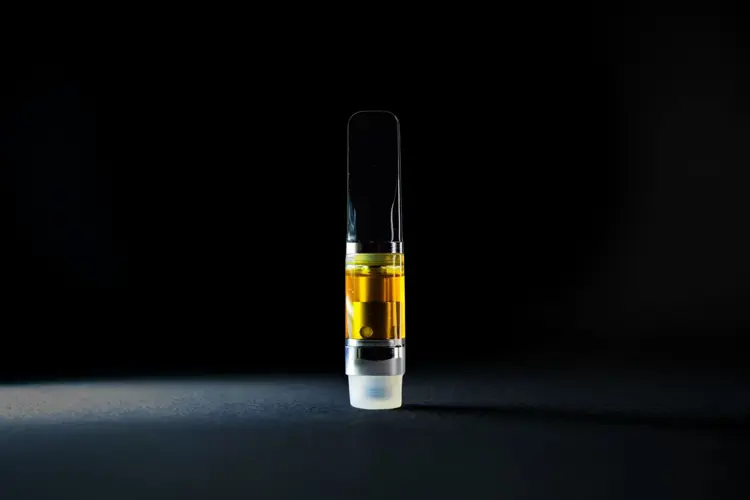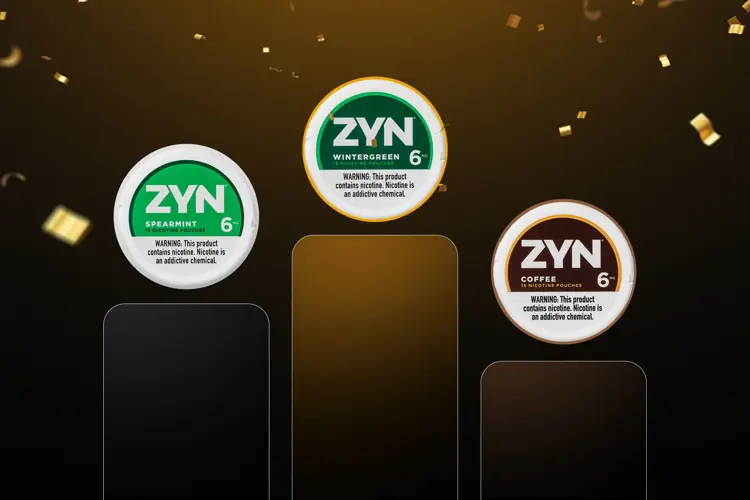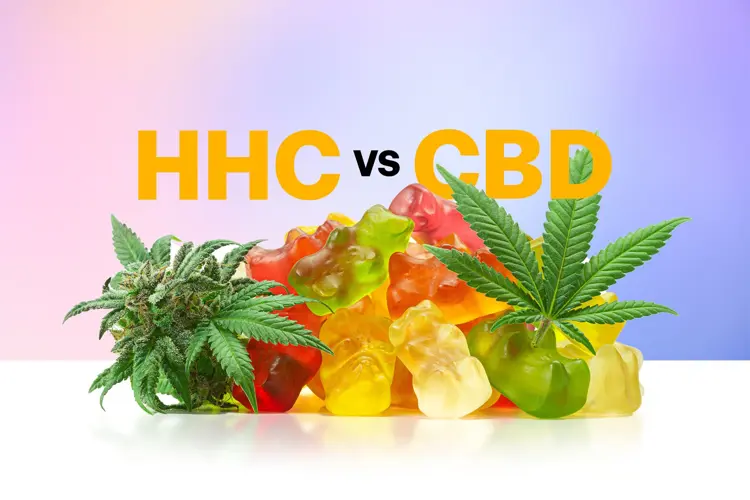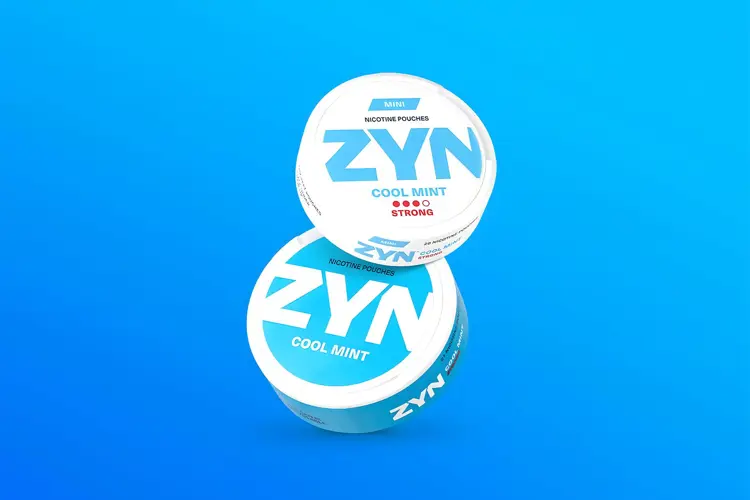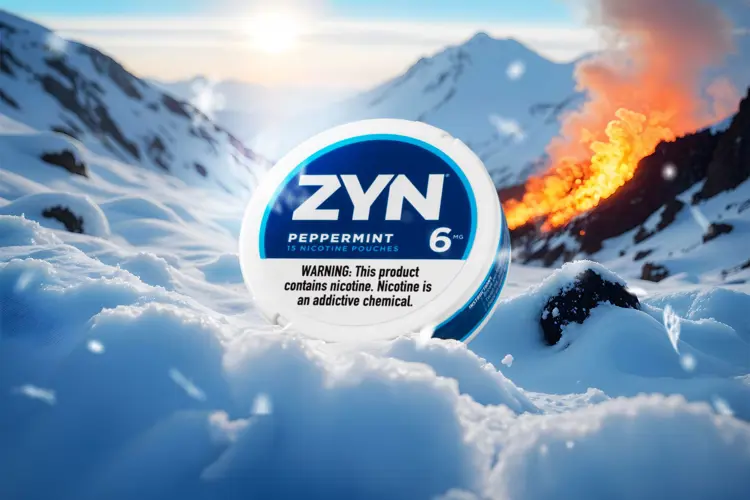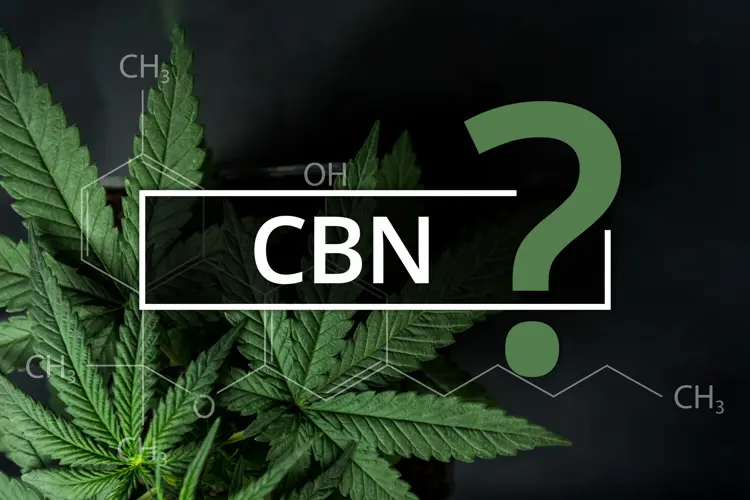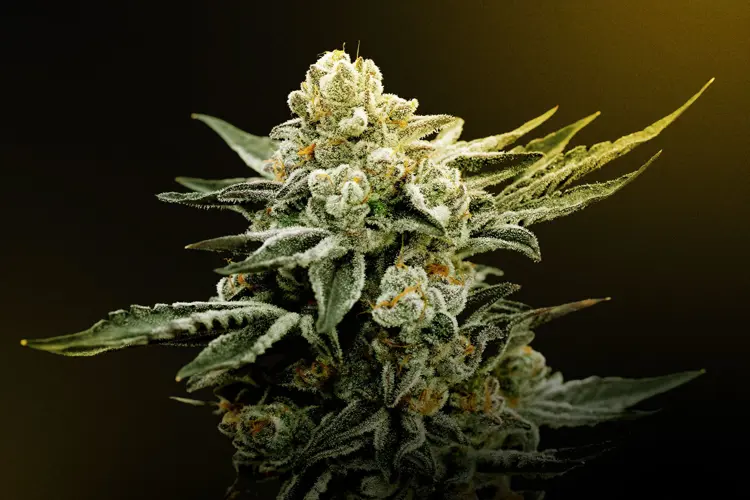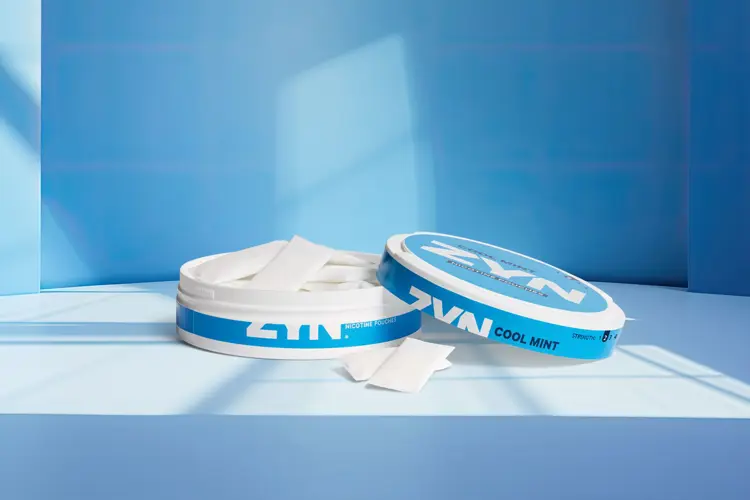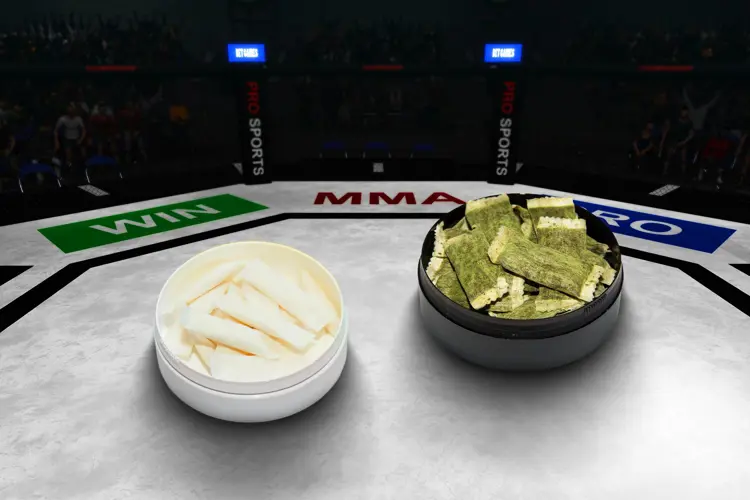At this point, delta 8 products are so ubiquitous that it’s hard to remember a time when they weren’t around. However, it wasn’t that long ago—2018—that Congress made hemp federally legal, and CBD led the way toward a huge U.S. market for hemp-derived cannabinoids.
Among the various intoxicating cannabinoids we now have ready access to, delta 8 THC is the market champion. But producing large enough quantities of oil to fill millions of delta 8 carts isn’t as easy as, for example, extracting the same amount of delta 9 THC oil from marijuana flower.
Commerical delta 8 is a lab-made substance, and its origin story is one of the most fascinating tales in the weed world. Along the way, we’ll find out how one cannabinoid can be made from another, and why some delta 8 disposables are probably safer than others.
Where does delta 8 THC come from?
Let’s start with a quick refresher. Delta 8 THC is a phytocannabinoid—a substance produced naturally in the cannabis plant. It comes from the same plant species as federally illegal delta 9 THC: Cannabis sativa.
Both federally legal hemp and illegal marijuana are varieties of Cannabis sativa. The difference is that, by law, hemp cannot contain more than 0.3% delta 9 THC by weight. Marijuana has been bred to contain high levels of intoxicating delta 9, while hemp’s primary compound is nonintoxicating CBD. Both varieties also contain so-called minor cannabinoids—cannabis substances found in much smaller amounts than delta 9 or CBD.
Delta 8 is a minor cannabinoid. It is only found naturally in tiny quantities—in both marijuana and hemp. If you’re producing a product like delta 8 gummies, for example, there just isn’t enough delta 8 in a hemp plant to make extraction cost-effective.
They’re in separate legal worlds, but structurally, delta 8 and delta 9 THC are almost one-to-one copies of each other. All that sets them apart is the location of a carbon-carbon double bond on their molecules. Both cannabinoids have a strong binding affinity for the CB1 receptors in the human endocannabinoid system (ECS), which creates a potent high. Of the two cannabinoids, delta 9 is the harder-hitting choice. Delta 8 offers a milder high.
Hemp can be bred to contain higher than average levels of CBG or CBC, but with delta 8 that isn’t an option. No raw cannabis flower contains anything beyond trace amounts of delta 8 THC.
The CBGA to THC pipeline
In a lab, delta 8 is synthesized from federally legal CBD. In nature, it happens differently.
The vast majority of cannabinoids are born from other cannabinoids. The biosynthetic chains of hemp and marijuana are intricate: CBGA develops from olivetolic acid, the THCA synthase enzyme converts it into THCA, and then THCA decarboxylates into THC. Voilà!
To say that information on delta 8 THC’s natural synthesis is limited would be an understatement. There appears to be a delta 8 variant of THCA, and after losing an acid group, that precursor transforms into delta 8 THC.
It’s also suspected that delta 9 can degrade into delta 8, but the details are hazy. Chances are, out-of-date marijuana products will contain substantial CBN—also a THC degradation product—but not delta 8. And unlike D8, CBN has hardly any psychotropic properties at all.
Why make delta 8 THC?
We’ll explore the “how” of making delta 8 throughout this article, but what about the “why”?
The primary reason is fairly obvious: delta 8 THC is federally legal to sell and possess in the United States, while marijuana-derived delta 9 THC isn’t. Delta 8 provides a legal high for cannabis users who live in states where marijuana isn’t legal.
This shift in legality of delta 8 began with passage of the 2018 Farm Bill. Hemp was federally legalized in the United States, and while the industry was initially flooded with CBD products, delta 8 soon followed. Delta 10 THC and HHC products arrived not long after.
Since there’s hardly any delta 8 in hemp plants, extracting delta 8 straight from the plant isn’t cost-effective or feasible for manufacturers. Conversion from CBD isolate is the only commercially viable way for hemp brands to create D8 products, making this the industry standard.
How to extract delta 8
Delta 8 isn’t extracted from hemp at all. It’s produced in a lab by chemically manipulating CBD (which is extracted from hemp).
Delta 8 THC is a minor cannabinoid. Although it’s produced by cannabis trichomes and exists in nature, it’s found in trace quantities compared to major cannabinoids like delta 9 THC or CBD.
It isn’t economical for hemp brands to extract delta 8 THC itself. That route is best left to the researchers, not those looking to mass manufacture delta 8 tinctures, vapes, and edibles.
Having said that, technically it is possible to obtain delta 8 THC via direct extraction. Researchers first isolated delta 8 from cannabis way back in 1966, around 20 years after its initial identification. However, to produce commercial quantities of the cannabinoid, extraction simply isn’t an option.
How is delta 8 made?
Before getting into the details of conversion, let’s get familiar with the basics. Delta 8 production occurs in several stages:
- Isolate CBD: CBD extracts can get complicated. But for the purpose of converting it into delta 8, extractors keep it simple and use basic CO2 or solvent extractions to create CBD isolate.
- Isomerize CBD: In order to produce delta 8, chemists chemically alter the CBD extract. The process is known as isomerization, which we’ll break down in detail below.
- Develop delta 8 products: Now that we have delta 8 extract, it’s time to craft delta 8 vapes, edibles, or oils.
In theory, it’s possible to create delta 8 THC from cannabinoids other than CBD—but it’s impractical. Starting with another trace isomer doesn’t expedite the process. Alternatively, delta 8 can be made from delta 9 THC, but that would run afoul of federal drug laws.
How is CBD isomerized into delta 8?
It’s hard to tell if you’re only familiar with their effects, but delta 8 and delta 9 THC are both isomers of CBD. They’re built from all the same molecular components (sharing the C21H30O2 formula), just arranged differently.
This setup is perfect for isomerization, or the process of converting one isomeric compound into another.
Commercial delta 8 is a lab-made byproduct of hemp-derived CBD. Since it looks identical to the delta 8 found in nature, this isomerized cannabinoid is legally protected under the Farm Bill. (It's federally legal, but state laws may vary. Nearly half of U.S. states have laws restricting or banning delta 8 or hemp-derived cannabinoids in general).
Isomerization requires several steps:
- Dissolve CBD isolate in an organic solvent.
- Add an acid into the mix, lowering the solution’s overall pH and triggering an exothermic reaction.
- Hold the reaction and apply heat for several hours, gradually converting CBD into delta 8 THC.
- Filter the solution to remove residual solvents and acids.
- Test for potency (delta 8, delta 9, and other cannabinoids) and contaminants.
Extracts can be distilled to remove excess cannabinoids, or diluted to keep delta 9 THC below the legal 0.3% threshold. Different manufacturers process CBD into delta 8 using their own systems.
Following these steps exactly as written won’t always give you a potent delta 8 extract. Chemical reactions often have a mind of their own, and even if you start with pure CBD isolate, you aren’t guaranteed to end up with pure D8. Keeping a watchful eye on the process minimizes errors.
Is it safe to make delta 8 from CBD?
Is isomerization itself safe? Sure, the chemical change from one compound to another isn’t inherently dangerous. Substances are commonly isomerized in nature—no solvents or acids required.
Isomerization in a lab is different thing, especially when we consider that not all brands care about creating a safe, high-quality product. Hemp opportunists may have no qualms about cutting corners.
Sadly for consumers, delta 8 products are notorious for containing dangerous fillers and contaminants. You can definitely find good delta 8, but it’s your responsibility to take the necessary steps to protect yourself. You have to seek out trusted retailers with transparent safety testing.
Toxic reagents used for extraction can linger even after CBD is converted to D8 and made into products. It’s essential that manufacturers purge residual solvents and chemicals before sale, despite a lack of regulations forcing them to do so. Third-party testing still isn’t required by law. Until hemp regulations are put in place, consumers need to verify safety on their own.
Check for a certificate of analysis (COA) before buying any delta 8 THC products. Potency breakdowns may be important, but potential contaminants should be measured too. Ideally, this document should offer a detailed list of everything the product does and doesn’t contain, including residual solvents, mycotoxins, and microbials.
Is it easy to make delta 8 THC?
It looks simple when we lay out the process step-by-step, but in practice, delta 8 production is complex. You definitely can’t do it at home.
Chemical reactions are finicky. If you aren’t monitoring them closely and holding for the right amount of time, runaway reactions can get out of hand. Residual chemicals might spike, delta 9 THC can rise above the 0.3% limit, or the solution may be overtaken by delta 10 and other unwanted compounds. Any of these mishaps can lead to a bad batch.
What types of delta 8 products are there?
There is a wide range of delta 8 products available for purchase. Not every manufacturer offers the full catalog, with many specializing in one or more of the following:
- Delta 8 disposable vapes: If you’re a vaper desiring convenience above all else, delta 8 disposables are for you. These all-in-one devices can be vaped right out of the box. Most are even rechargeable, should you run out of power before the oil is used up.
- Delta 8 carts: As long as you have a trusty 510 thread battery on hand, you’re good to vape THC oil carts. One- and two-gram delta 8 carts are especially common.
- Delta 8 edibles: Gummies are just the start. Brands get creative with delta 8 chocolates, beverages, and hard candies. Or, whip up your own snacks using D8 oil.
- Delta 8 oils and tinctures: Both delta 8 oils and alcohol-based tinctures arrive in a handy glass bottle, dropper included. Add it to food, take it sublingually, or drop the liquid directly onto your tongue.
- Delta 8 bud: Unlike high-CBD strains, D8-rich hemp flower can’t be produced via breeding alone. Instead, after drying and curing, the bud is sprayed with delta 8 THC distillate.
With so many sellers isomerizing CBD and making their own delta 8 products, options aren’t exactly lacking. Just shop responsibly and buy from retailers with transparent third-party testing.
President Trump promised during his election campaign to “save vaping," but his administration has undermined that goal at every turn.
The U.S. disposable vape market has grown to $2 billion in annual sales, although nearly none of the products are authorized by the FDA.
More than 30 bills that would impose severe restrictions vaping consumers’ product choices remain active in U.S. state legislatures.
The Freemax REXA PRO and REXA SMART are highly advanced pod vapes, offering seemingly endless features, beautiful touchscreens, and new DUOMAX pods.
The OXVA XLIM Pro 2 DNA is powered by a custom-made Evolv DNA chipset, offering a Replay function and dry hit protection. Read our review to find out more.
The SKE Bar is a 2 mL replaceable pod vape with a 500 mAh battery, a 1.2-ohm mesh coil, and 35 flavors to choose from in 2% nicotine.

